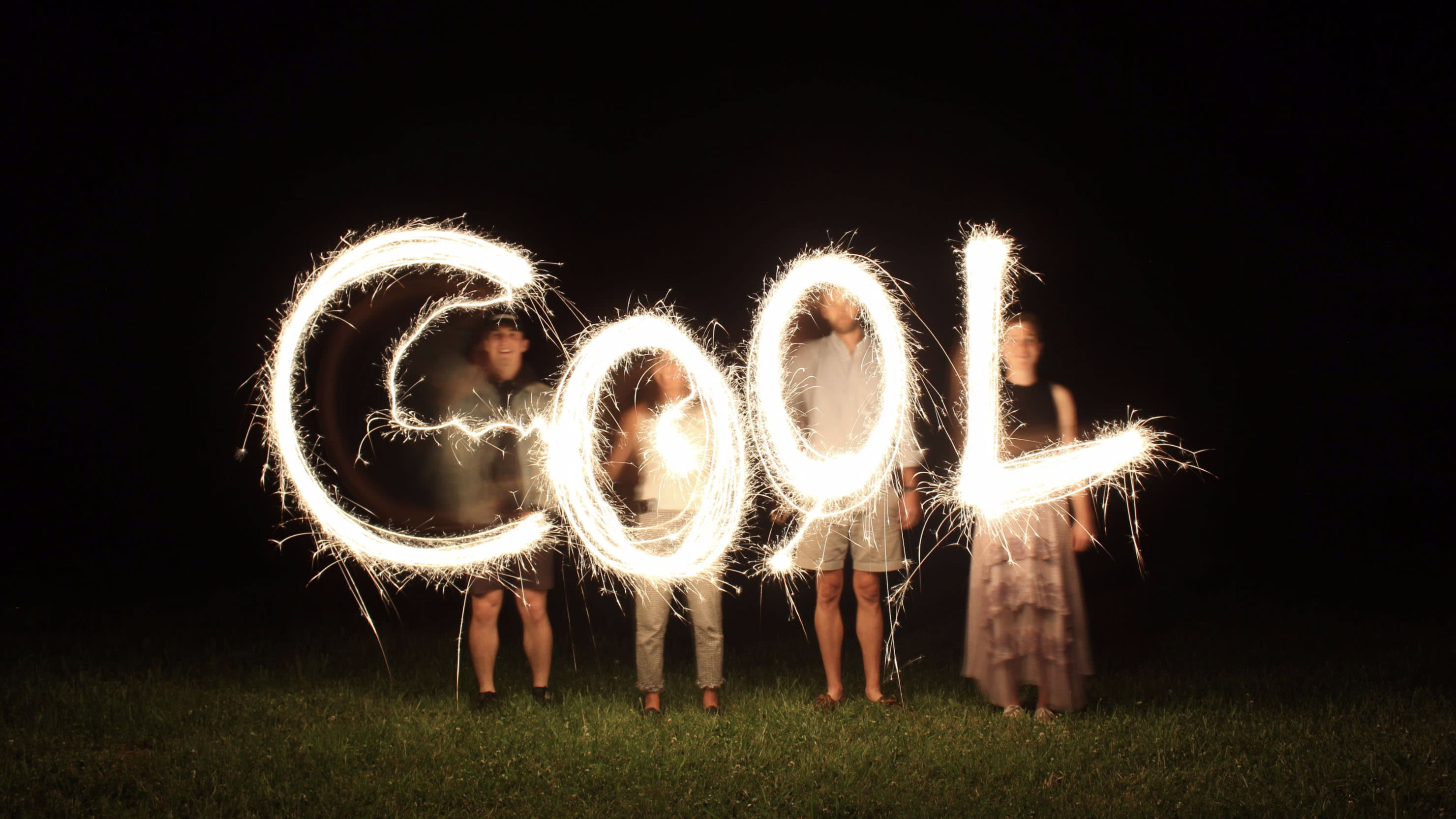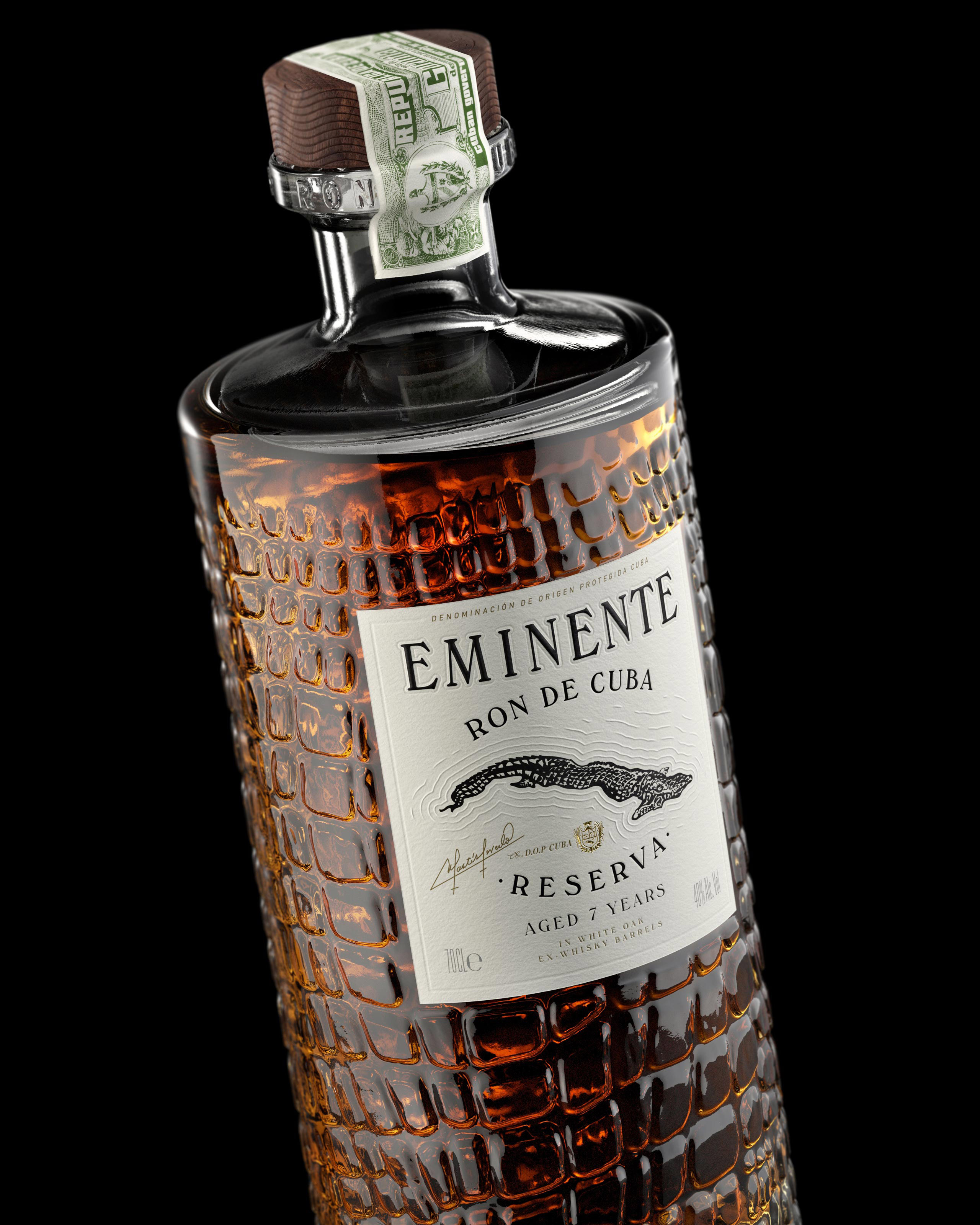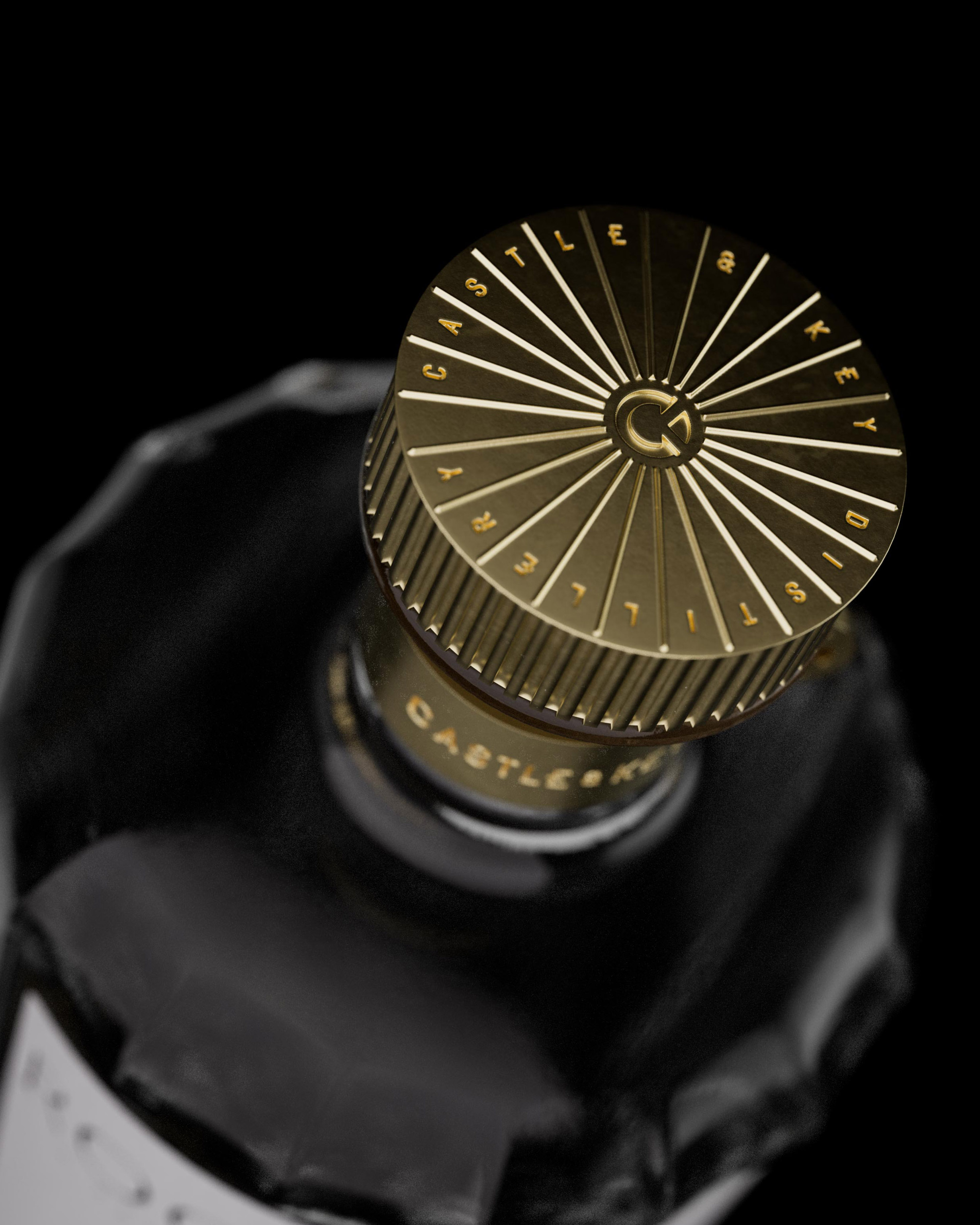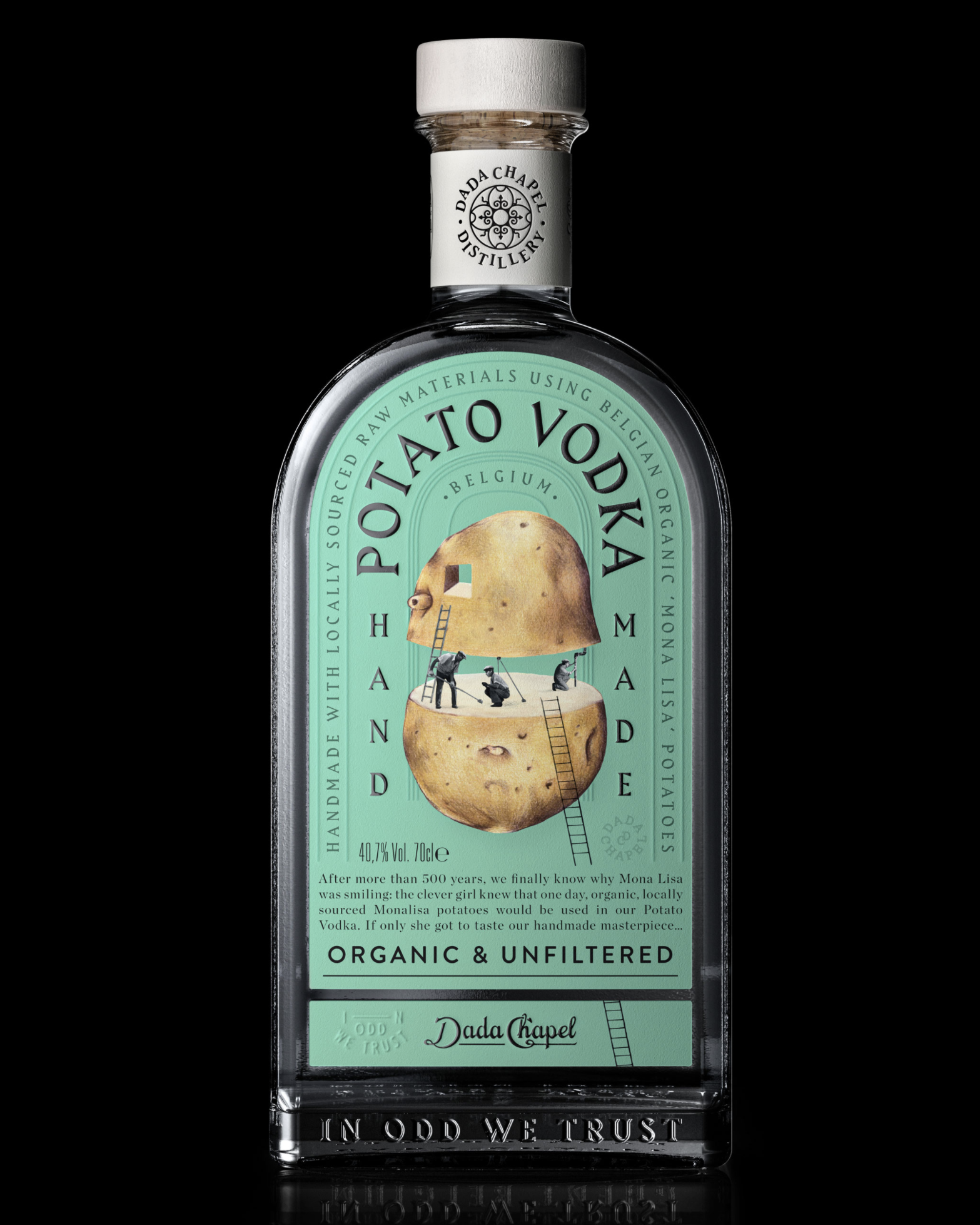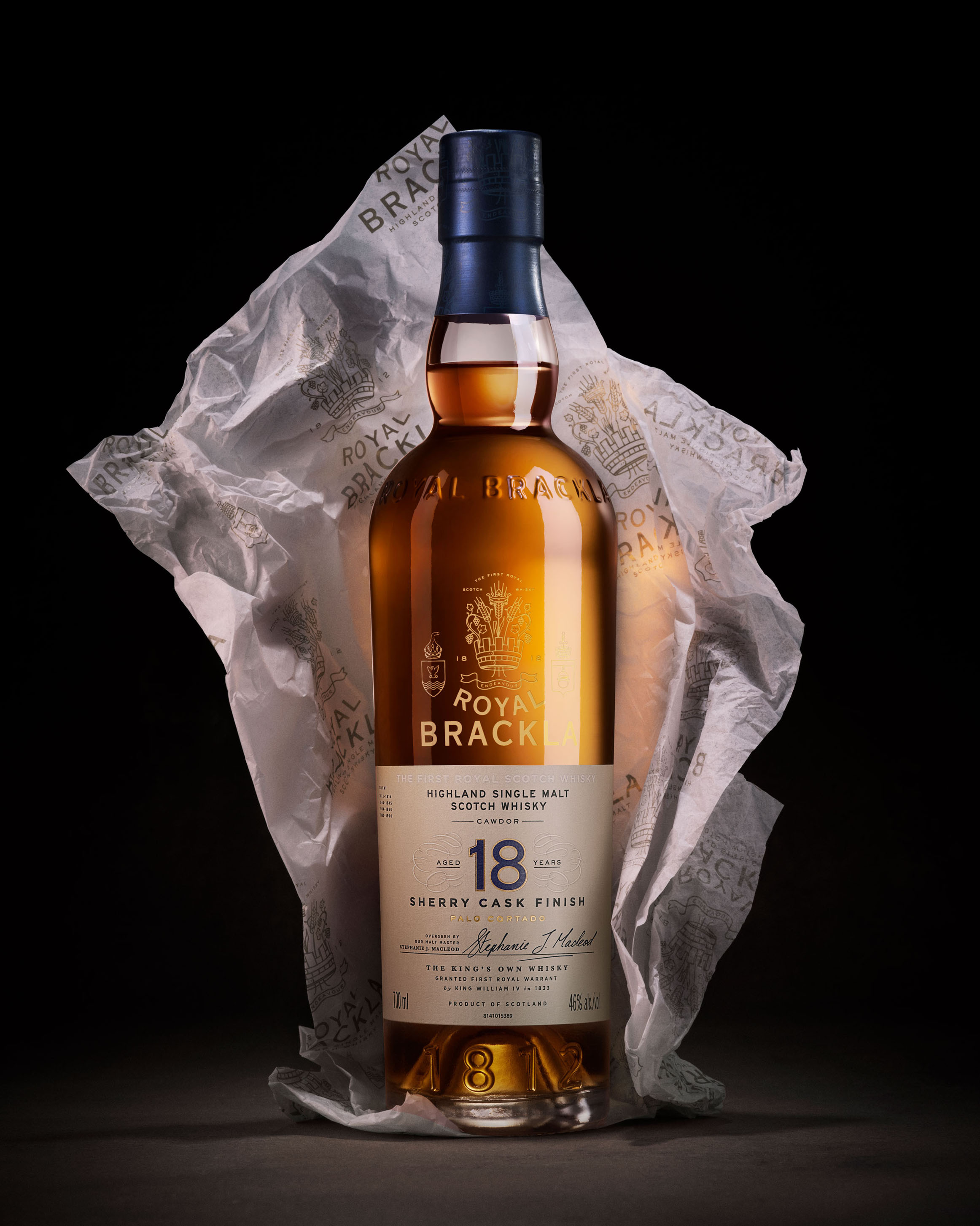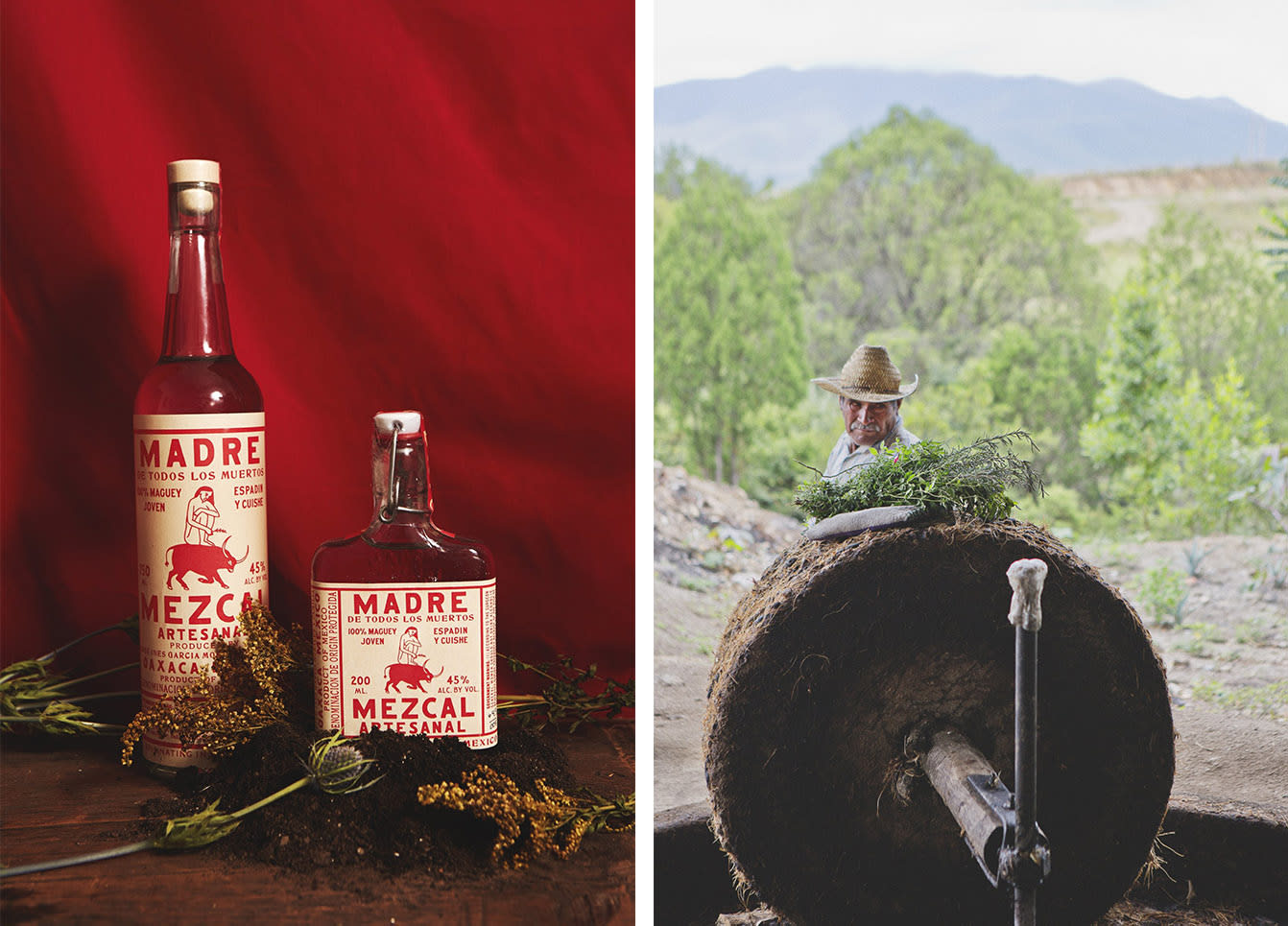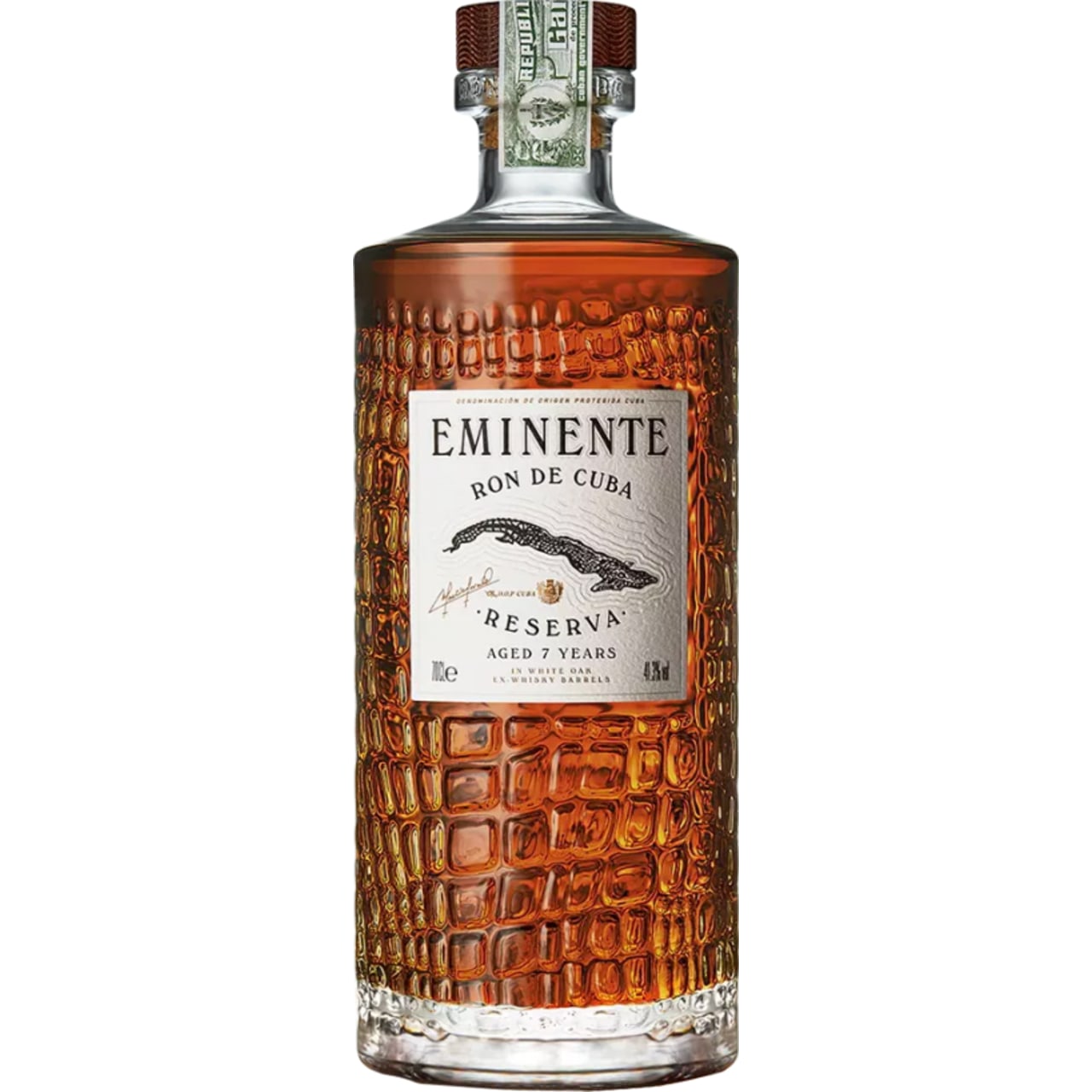Think of the last bottle of booze you bought. Why did you buy it?
When it comes to buying spirits, there are always those who will talk about buying into a certain producer, particular flavours or being captivated by a specific process. I am one of those and spend most of my life trying to help people make more informed decisions by sharing more about what something tastes like, who makes it, how and where they are from.
I live by that too - I only buy something when I know the answers to those questions.
This is not true for the majority of drinkers. Most will base their purchasing decisions predominantly on price and availability. However, now that the internet has made everything more available and price points are more competitive than ever, the twin “hard power” reasons for one brand succeeding over another have greatly diminished.
Most commentators and enthusiasts will try to put people, place and process as the next critical factor to influence a decision. Our role is to try make them conscious triggers by up-weighting their value. I make no apologies for this and genuinely believe that these other “soft power” factors are playing an ever-bigger role than ever before.
That said, in all the calls to dig deeper into something, it’s important to not forget the unspoken truth that rules most buying habits. Whether or not something is cool (or at least, cooler than the other thing they were considering) looms heavily in our subconscious and for those honest enough to acknowledge it, it’s a cognisant factor too.
Drinkers don’t have an existential crisis when in the supermarket about who made it or how. They don’t stop to do research online, scrolling through a review to get the inside track with a basket in hand and the children running rampant in the biscuit aisle. Did it look cool? Have they seen it before and thought it sounded cool? After price and availability (in this case literally being in front of someone at a moment when they are actively shopping) being cool is the biggest third factor influencing why some brands are taken home over others. It’s that simple.
Take it from experience – a shoddy looking bottle made by a good producer is harder to sell than a great looking one with a hollow back story. Forget the act of converting a sale once someone has expressed an interest whether you like it or not - there’s a natural gravity that draws people into picking it up in the first place. Even if I do pay particular attention to the who, how where’re and what of it all, I’m also hugely swayed by if something is cool or not.
So which brands have got the ‘cool factor’ and how are they going about showing that?
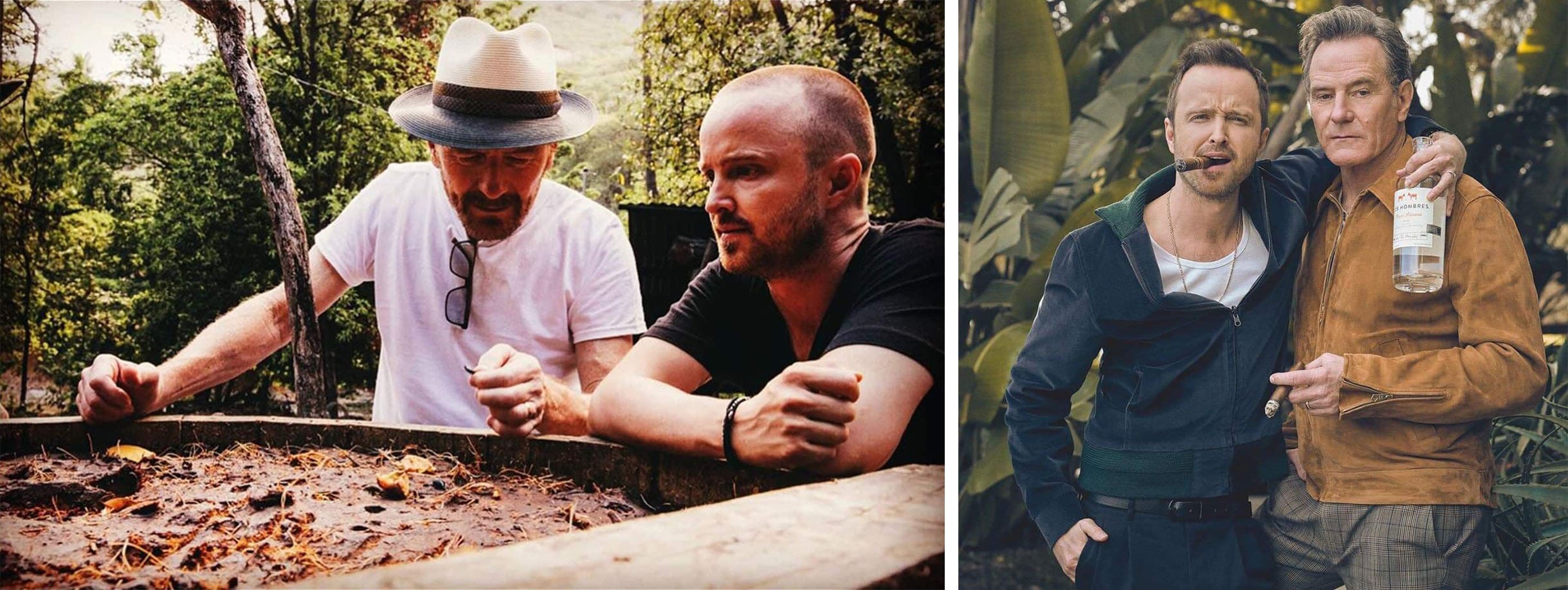

Celebrity
It would be all too easy to point to the dozens of Tequila and Mezcal brands owned by celebrities but to be frank, being famous isn’t the same as being cool and when it comes to their brands, being famous doesn’t make their spirits cool by proxy.
Some have more natural swagger like the Breaking Bad duo, where some of that cultural caché is imbued into their brand Dos Hombres. Ryan Reynolds also manages to project his personality into Aviation Gin with style, so too does the Rock in his Tremana Tequila.
Take a look at the Beckham backed Haig Club however and then try tell me that’s not the most cheugy thing out there. If anything, while the celebrity endorsement or ownership affords a brand a huge platform to project awareness about its existence, the overt marketing and old school advertising tropes can also remove cool currency too.
In a world where social is more relevant to most than huge billboards, a brand that’s managing to navigate the murky waters of endorsements and seemingly genuine collabs in this modern era is Ashland. Their shared ownership scheme is a clever way to tap into just enough ‘celebrity’ to gain exposure but not too much to make it hollow.
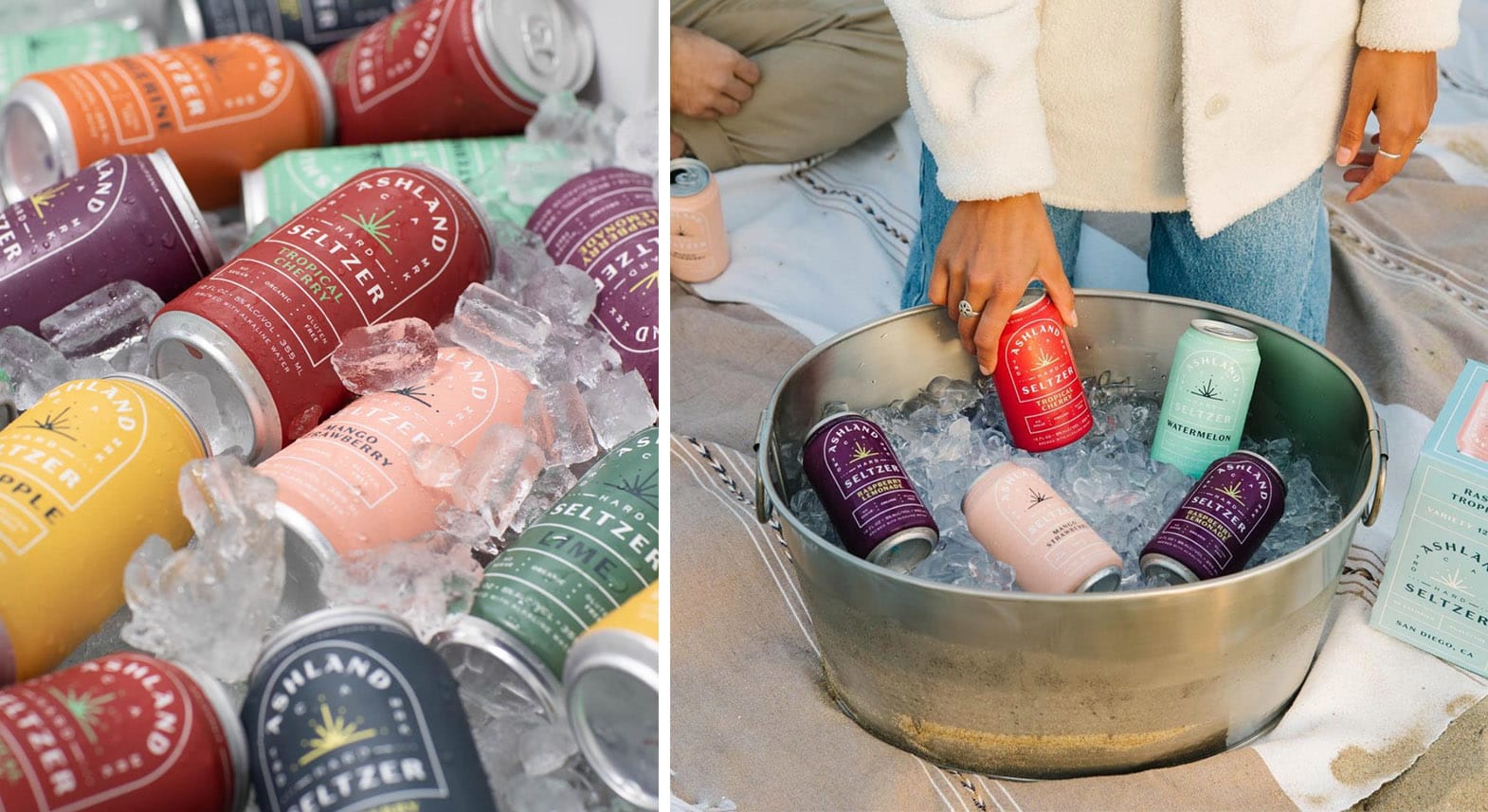

Packaging
Don’t judge a book by its cover? Come off it - of course you do and the same is true with spirits. Multinationals aside, take the top 100 selling craft brands and look at how many are in bespoke glass. There’s a reason for that - the bottle and the label design matters.
Embossing and textural glass has been prevalent in the gin category, while Whisky has tended to focus on the boxes. Whatever spirit you are into, there are some seriously cool looking offerings out there.
Desirability aside, for those who care to actively scan Spirit bottles with a critical eye, there is some cunning use of subliminal messaging, weighting, information hierarchy and positioning that make a profound effect to how it’s received at first glance, as well as how the messages are absorbed by the viewer.
